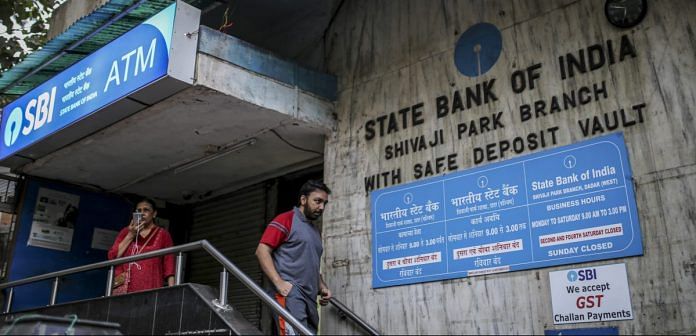Proposed resolution plans must either bring value to the enterprise or a meaningful recovery for creditors, says Rajnish Kumar, chairman of State Bank of India, the country’s largest lender.
Creditors won’t hesitate to push insolvent firms into liquidation if potential buyers try to suppress prices under India’s bankruptcy process, the head of the nation’s largest lender said.
“It is important that we give a message that if potential bidders are trying to suppress the values, then banks are not going to accept it,” Rajnish Kumar, chairman of State Bank of India, said in an interview to Bloomberg Television. Proposed resolution plans must either bring value to the enterprise or a meaningful recovery for creditors, he said.
A dozen of India’s most-indebted companies are making their way through bankruptcy courts, testing how effective a 16-month-old law will be in creating a time-bound resolution process for more than $210 billion in stressed assets overall. Among these, Alok Industries Ltd. and Lanco Infratech Ltd. are headed for liquidation after bids to buy the insolvent firms were rejected by the lenders’ committee, given they required steep haircuts on outstanding debt, exchange filings show.
Lenders in Asia’s third-largest economy would be keen to find a resolution plan for each stressed firm, if the enterprise is fundamentally viable, Kumar told Bloomberg Television’s Haslinda Amin on the sidelines of the Asian Development Bank’s annual meeting in Manila.
If bidders or the indebted firm “cannot service even 5 percent or 7 percent of outstanding credit obligations, then I don’t see any reason for reviving each and every enterprise,” he said. “If the recovery could be more than 25 percent, then resolution is always an option.”
State Bank of India is involved in most of the large bankruptcy proceedings that are currently underway.
The Reserve Bank of India last year forced lenders to take some of India’s largest defaulters to bankruptcy court, capping the move with a February decision that gave creditors just six months to restructure overdue accounts or else take them through insolvency. Once the judiciary is involved, the lenders’ committee has just 270 days to back a bidder for the company, failing which the firm will be wound down with its assets stripped-off and sold.—Bloomberg






